"How much fun can you have with a brush in your hand?” Terry Smith – signwriter, hot rod owner and passionate Jim Clark fan – smiles broadly before resuming the delicate drop shadow he’s applying to a sign in his workshop.
Watching the letters come alive to his gold leaf enamel is truly humbling. Where I’d smudge the curves in a letter ‘O’, he glides around them like his hero at the wheel of a Lotus 49. His consistency is remarkable; almost, but not quite, as though the letters were printed.
“The imperfections are what make it perfect,” he says. “A signwritten name, logo or design has soul.” Wind back a few decades and the work of Smith, who is 67, and signwriters and pinstripers before him would have been seen everywhere from limos to trucks.
Today, you have to go to a classic car meet to view their lovingly drawn script, artful designs and rich enamel colours. “As late as the 1980s, me and others were busy signwriting commercial vehicles but the growth of leasing put paid to that as people turned to vinyl,” says Smith.
His contempt for the medium is clear – “it’s wasteful and damages the environment” – but it has at least spurred him on to champion traditional signwriting and work for its survival. On that point, he hosts courses for beginners in Brighton that are very popular. Apparently, signwriting is more appreciated in the US, especially among the huge hot rod and classic car community, although we Brits are warming to it. The Continent? Forget it, says Smith: there’s no tradition for it.
We kick off our meeting in his home, appropriately enough a converted traffic police station on a main road. The former cop shop near Chichester is a temple to 1950s design (it features some lovely old pastel-coloured kitchen cupboards and geometric tea sets) and a shrine, in the form of wonderful black-and-white photos, to his racing driver hero. Outside are three garages where the panda cars were once kept but now house Smith’s studio, garage (where he keeps his trademark pale-blue Fordson van) and shop, from where he sells his own tastefully restored and recreated automobilia.
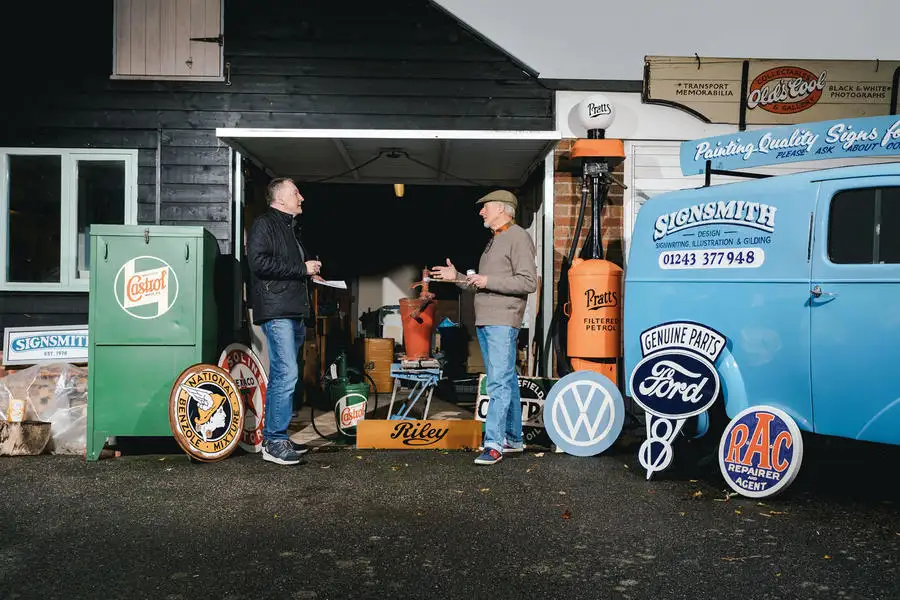
Occupying centre stage among the pieces is his other car, a Model T hot rod. My attention is drawn to the painted flames that trail from its radiator mascot. “It’s called a re-entry scallop, a design that originated in the US and which has caught on here among hot rodders,” says Smith.
He learned his trade working in a sign shop in Horsham, West Sussex, and says it took him five years to acquire a cursive script he was happy with. Early commissions included signwriting the drays used by King & Barnes, the town’s brewery. When traditional custom began to fall away, he focused on commissions from owners of trains, traction engines and vintage cars and trucks.

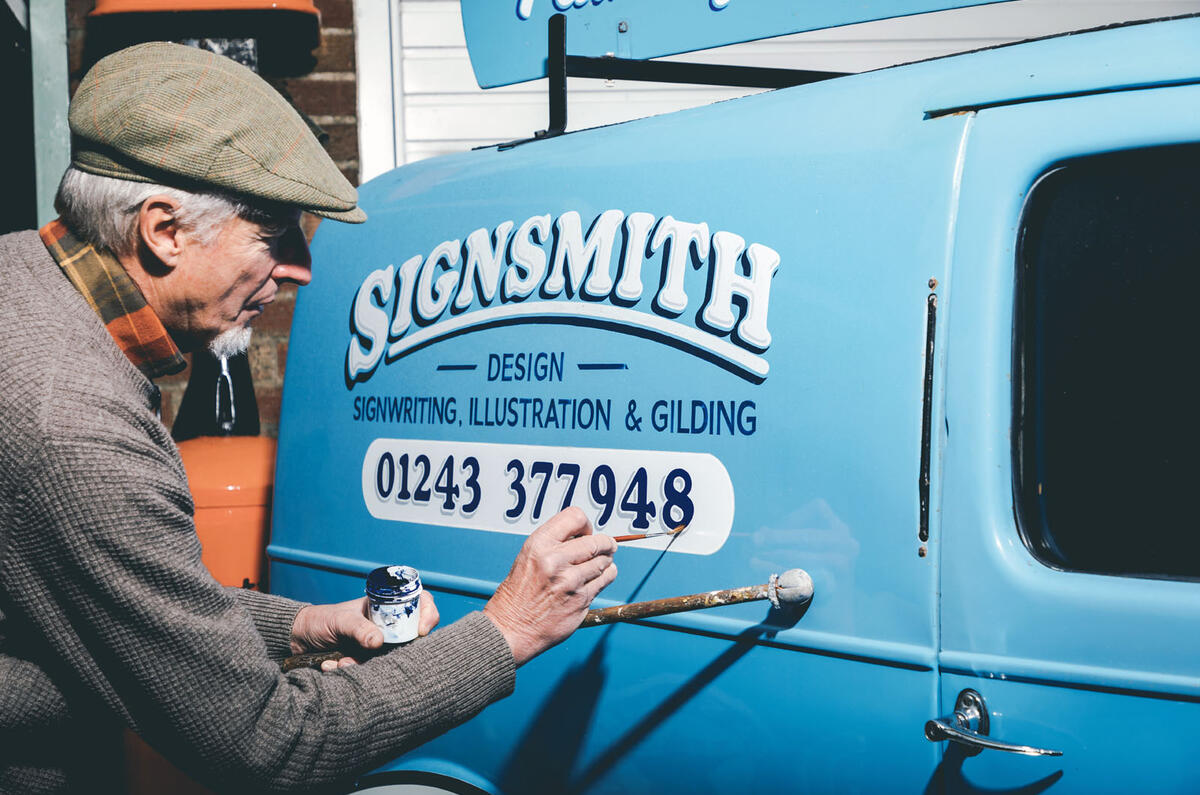

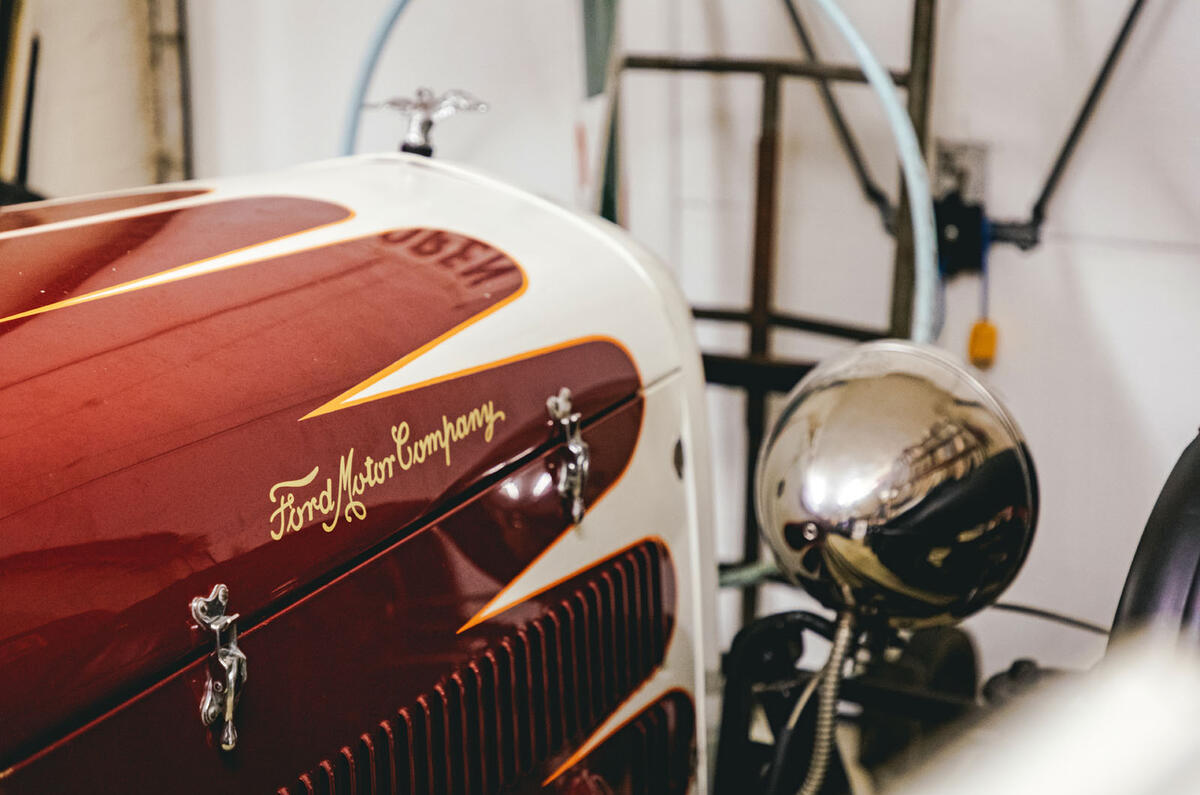
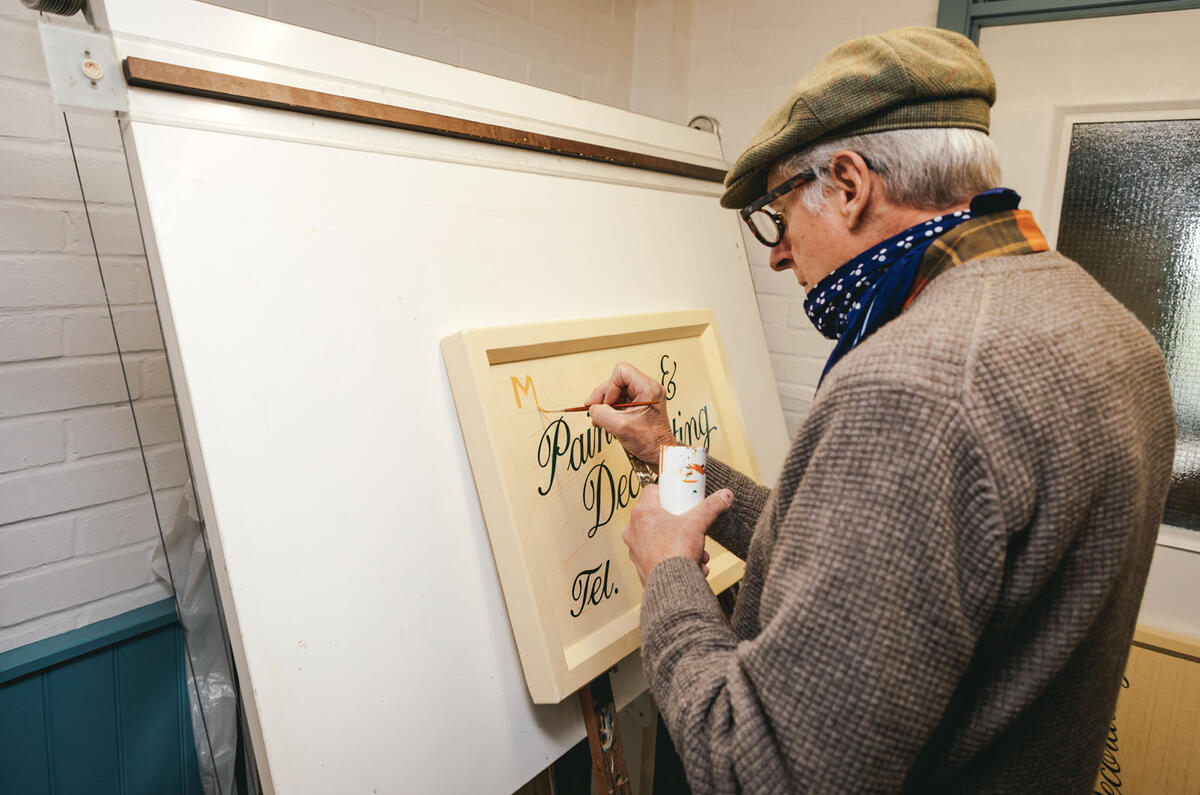
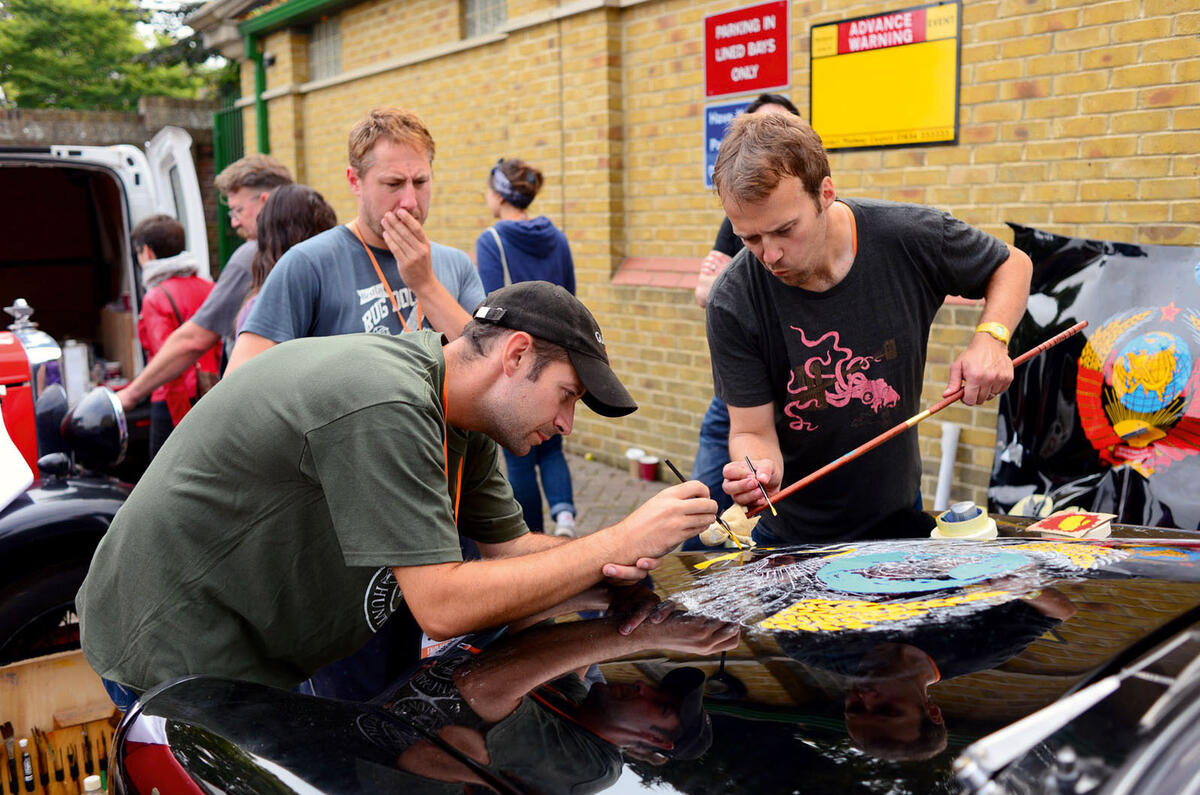






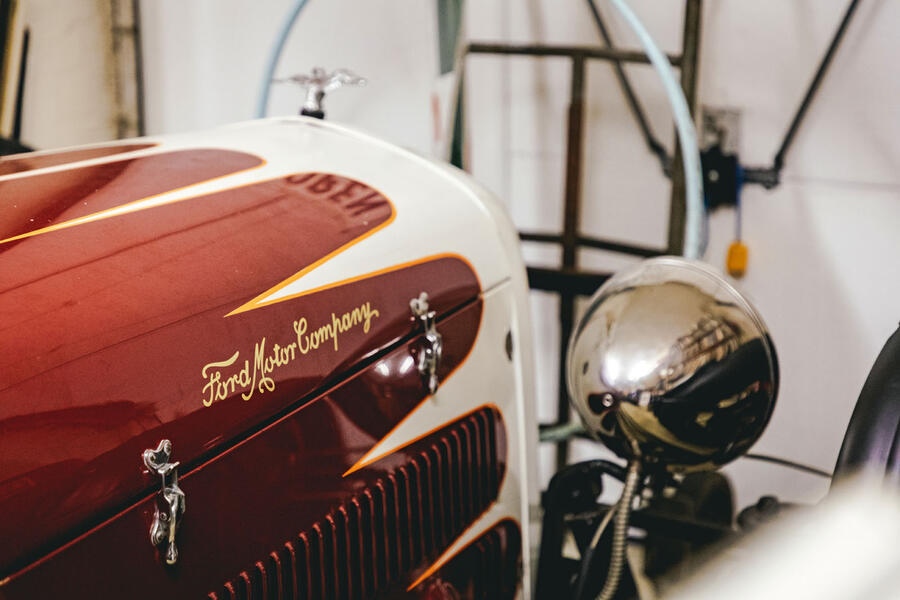


Add your comment